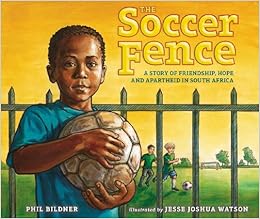"You can't take a bigger number away from a small number. "
"Everything in the world is made of matter."
"A circle has one side."
"When two vowels go walking, the first one does the talking."
Do you ever try to make a BIG statement -usually in an effort to teach hard and fast rules or facts and think to yourself "Did I really mean that?" Maybe you haven't, but I maintain that you should. No matter how confident of a teacher you are.
I think that, especially in the primary grades, we teach more misconceptions than we realize. This is understandable! I get it! I know
why it happens. (That's not to say I think it
should happen.) We want to help our students make sense of the world, but we realize that the world is really tricky to make sense of. Because of this, we try to make these big statements, often losing some of the nuance of what we are teaching. We sometimes think that specificity is confusing.
In addition, as primary teachers, it is truly difficult to be experts on all of the theoretical subtleties of each subject we teach. Do you continue to reflect and study some of the facts, ideas, and principles you teach every year? We teachers must continue to question what we think we know and seek answers and understanding.
It's in fact NOT true that you can't take a big number away from a small one. And it's ok to tell kids that. Let me suggest that you add the words "in 2nd grade" or "for now". I have found that students find this more exciting than confusing!
Your students might even call you out on the second statement. Is EVERYTHING really made of matter? What about light? Sound? Those kids, they will get you every time!
And the circle thing. I mean, talk about blowing adults' minds. And from what I can tell, it is up for debate.
The last one, though, probably has you thinking about the way you already address these "exceptions" to the rules. And there are always exceptions, right?
As an aside, it is not just teachers who have this problem with teaching and believing misconceptions. So don't feel bad! I was discussing this issue recently with a group of adults. My example of teaching students through misconceptions was that Earth's seasons are caused by the Earth's elliptical path around the sun. I mentioned this briefly as an "untruth" and was immediately shot down. I should have pulled out my teacher voice! And maybe Google!
Be specific. Be accurate. And above all, be reflective.

























